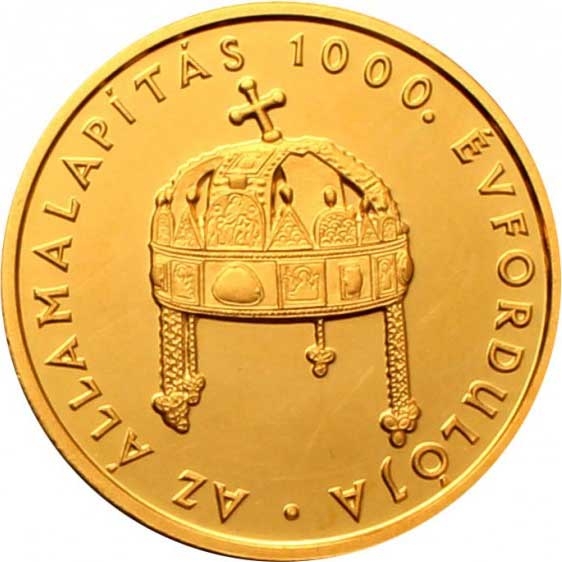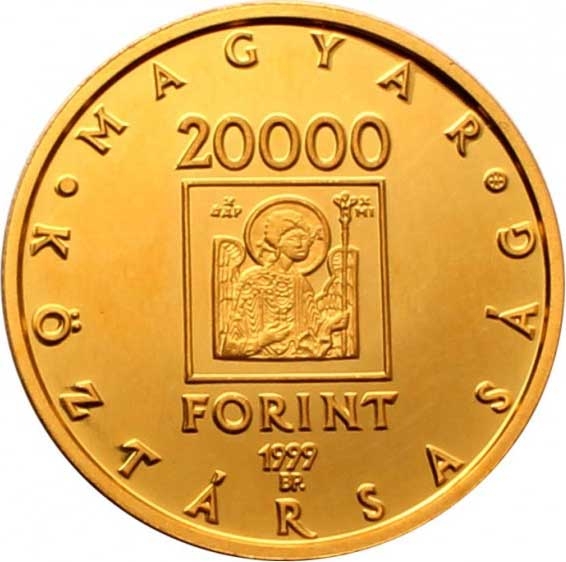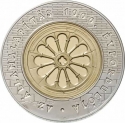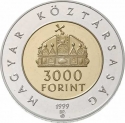You are about to finish your registration. Please check your mailbox (including spam folder). There should be a letter with a confirmation link. Check setting to make sure that your e-mail address is correct.
Send letter againDescription
Saint Stephen is often credited with the foundation of the Hungarian Kingdom, yet it was his father, Prince Géza, who laid the groundwork for centralized princely authority and the adoption of Christianity. Géza's political astuteness became evident in navigating Hungary's position between the Holy Roman Empire and the Byzantine Empire. Recognizing the importance of peaceful coexistence and embracing Christianity to ensure Hungary's survival amidst powerful Christian states, Géza employed diplomatic and coercive tactics to strengthen his rule and promote the new faith. He cultivated alliances with German states and sought Emperor Otto's support for conversion efforts.
Simultaneously, Géza strategically arranged marriages for his daughters to secure external peace and consolidate dynastic power. After Géza's passing, his son, Stephen I, faced challenges from rival claimants, notably Koppány of Somogy, whom he defeated in a decisive battle. Stephen's coronation, facilitated by Emperor Otto III and Pope Sylvester II, marked Hungary's formal entry into the realm of Christian monarchs. This event symbolized both secular and ecclesiastical authority, empowering Stephen to organize the Hungarian church, strengthen his reign, and establish a modern, stable Christian nation. Thus, the reign of Saint Stephen represented a pivotal moment in Hungary's journey towards Christianization and statehood.
Obverse

|
Depicts the Hungarian Holy Crown. An inscription is visible in a circular arrangement on the outer part. AZ ÁLLAMALAPÍTÁS 1000. ÉVFORDULÓJA |
|---|---|
Reverse

|
Depicts a square enamel depiction of Archangel Saint Michael, inspired by the Holy Crown, with the denomination above and a horizontal inscription below, arranged in three rows, indicating the year of release and the mint mark (BP). The name of the country (Hungarian Republic) forms a circular arrangement on the outer edge. Two small circular forms separate the two parts of the inscription, with the engraver's personal mark visible on the right side. MAGYAR |
| Edge |



